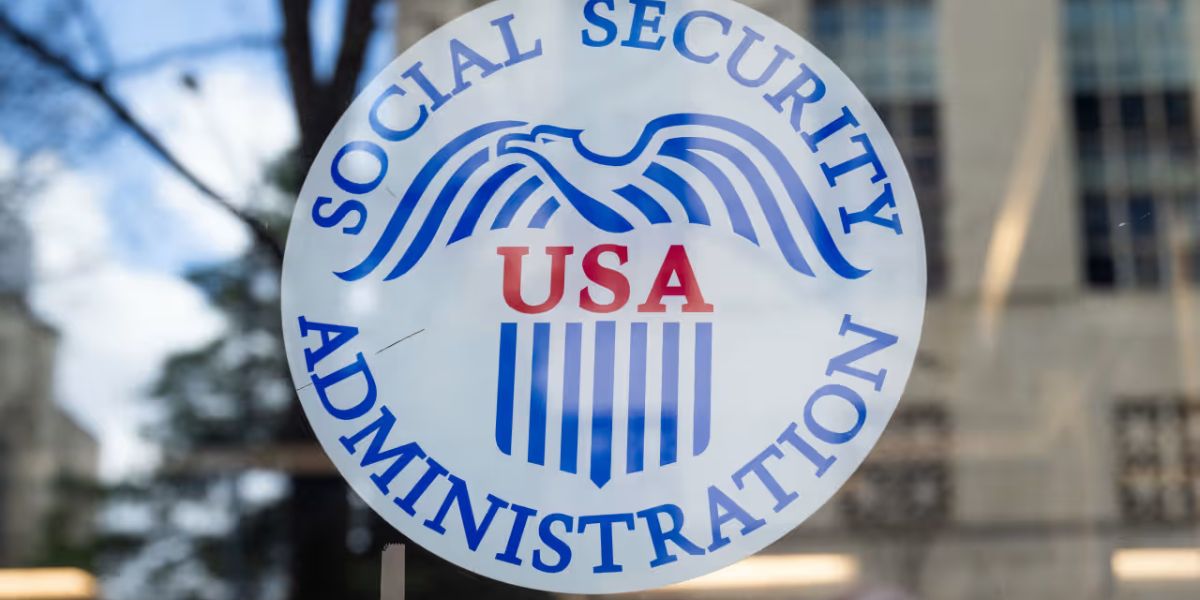Social Security benefits are a lifeline for millions of retirees nationwide, serving as more than just a monthly deposit. And in 2026, a predicted Cost-of-Living Adjustment (COLA) that provides a slight increase could bring the average monthly payout over $2,000 for the first time ever.
On paper, the anticipated 2.3% COLA might not seem like much. However, following a few years of financial hardship and unrelentingly growing expenses, this change may be the catalyst that helps many seniors reach that long-awaited milestone. It seems like a win, but it’s by no means a jackpot.
A Prediction Based on Reality
A independent watchdog organization that monitors inflation and Social Security policy, the Senior Citizens League (TSCL), has revised its estimate of the 2026 COLA to 2.3%.
Based on expectations of upcoming economic trends and revised consumer pricing data, this is marginally higher than earlier estimates of 2.1% and 2.2%.
What’s behind the number, then? The Consumer Price Index for Urban Wage Earners and Clerical Workers (CPI-W) for the third quarter of the year (July to September) is the measure of inflation that the COLA is based on.
This implies that the Social Security Administration will not finalize the 2026 COLA until October 2025, after reviewing the data.
However, the current working estimate is 2.3%, which is sufficient to raise the average check above the eagerly anticipated $2K mark.
The average monthly Social Security income for a retired worker was $1,975.34 at the beginning of 2025. An increase of 2.3% would raise the monthly total to about $2,020.85, or about $45.51.
Naturally, not all retirees will see that precise figure. Increases will differ since benefits are determined by each person’s earnings history and retirement age.
Nevertheless, surpassing $2,000 as the national average is a noteworthy achievement.
Consider this: COLA increases are typically expressed as percentage points. However, an extra forty-five dollars could mean the difference between someone just making ends meet and someone getting a little respite.
Why it Feels Like This Is More Important Than the Math?
In recent years, retirees have endured a great deal. Record-high inflation and the biggest COLAs in decades—5.9%, 8.7%, and 3.2%—occurred during the 2022–2023 period, but the price of everything from eggs to rent significantly offset those increases. Then came the lower numbers for 2024, and there was a sort of relief.
Read Also: Are $2,000 Stimulus Checks Coming This May? Here’s the Latest
The COLA system is actually intended to assist seniors stay on track, not advance. It rarely increases purchasing power, but it does maintain it.
Seeing that monthly check tip surpass $2,000 at last feels more than just like a change; it’s confirmation that the system is functioning properly, at least for the time being.
It’s crucial to keep in mind that the 2.3% estimate is subject to change. Before the formal announcement, a number of economic factors could cause the final total to change:
- Unexpected fluctuations in inflation: The CPI-W could move either way if there are notable shifts in the costs of food, housing, or energy.
- The Trump administration’s new tariff policy may increase import costs and have an impact on the economy.
- Inflation in the upcoming months may also be impacted by interest rate choices made by the Federal Reserve.
The $2,000 milestone is fantastic, but there are some restrictions. Not every beneficiary will reach that amount, particularly those who retired early or had lower lifetime incomes. Many continue to receive far less than the norm.
Read Also: Social Security to Withhold 50% of Payments for Some Starting in June
A bigger COLA may force some retirees into tax territory, which is another worry.
Once you reach specific income criteria, Social Security benefits may become taxable; these thresholds haven’t been updated for inflation in years.
Not to mention Medicare Part B premiums, which often increase in tandem with COLAs. A larger check may result in a larger deduction, which would lower the net benefit and somewhat offset the gain.
What’s Now Possible for Retirees?
Time (and inflation) cannot be accelerated, but you can plan. Seniors ought to:
- To find out how much their present benefit is worth, track spending right now.
- Utilize the online calculators provided by the SSA to project future benefits.
- To find out how COLA changes can affect tax returns in 2026, speak with a tax expert.
- In preparation for a marginally higher deposit, think about modifying budgeting applications or automatic payments.
And 2026 may be the year that retirees finally breathe easy, if only a little, after years of pinching every last cent.



